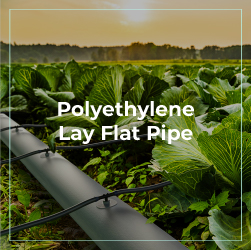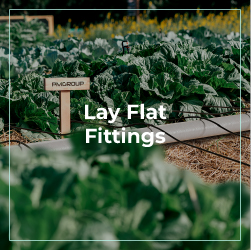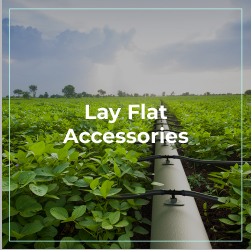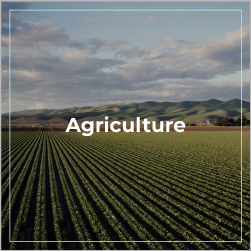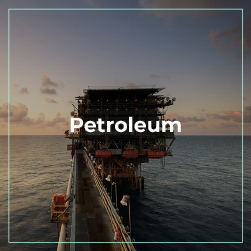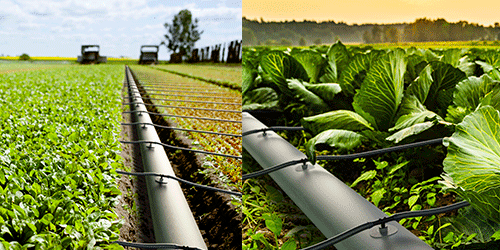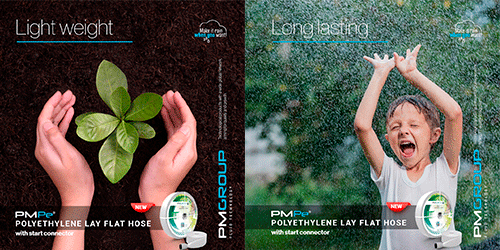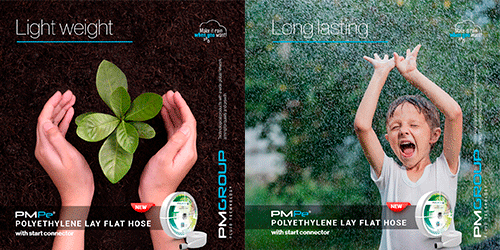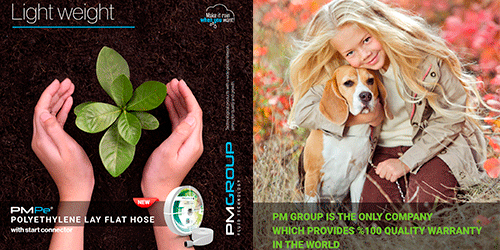In modern irrigation and water management, efficiency and durability are key. Layflat hose, layflat pipes, and drip irrigation systems are crucial components that help achieve these goals. This article explores each of these elements, highlighting their benefits, applications, and how they contribute to efficient water use.
Layflat Hose: Key Features and Uses
Layflat hoses are a popular choice for a variety of applications due to their flexibility and ease of storage. Unlike traditional hoses, layflat hose are designed to collapse flat when not in use, making them easier to transport and store.
- Durability and Material: Made from reinforced synthetic materials, layflat hoses are designed to withstand high pressure and harsh conditions. They are resistant to abrasion, UV rays, and chemicals, ensuring a long service life.
- Applications: These hoses are widely used in agricultural irrigation, construction sites, and emergency flood control. Their ability to cover large areas makes them ideal for watering large fields or transporting water over long distances.
- Advantages: The main benefits of layflat hoses include their lightweight nature, ease of handling, and cost-effectiveness. They are also easy to clean and maintain, contributing to their overall efficiency.
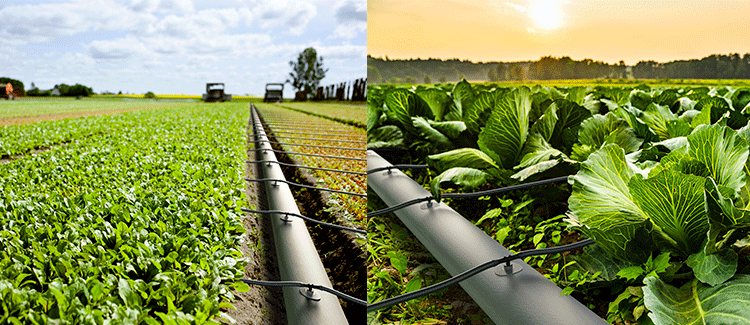
Layflat Pipe: Versatility and Functionality
Layflat pipes share similar characteristics with layflat hoses but are generally used for different purposes. They are more rigid and provide a more robust solution for various water management needs.
- Construction and Materials: Layflat pipes are often made from PVC or other durable polymers. They are designed to handle higher pressures and are suitable for applications that require more rigidity compared to hoses.
- Uses: These pipes are commonly used in agricultural irrigation systems, construction dewatering, and municipal water supply systems. Their ability to handle high-pressure water flows makes them suitable for demanding environments.
- Benefits: Layflat pipes are known for their high pressure tolerance and long-term durability. They offer a reliable solution for transporting water over extended distances and are less likely to kink or collapse compared to hoses.
Drip Irrigation: Precision and Efficiency
Drip irrigation is a highly efficient method of watering plants by delivering water directly to the root zone. This system minimizes water wastage and promotes healthy plant growth.
- System Components: Drip irrigation systems consist of a network of tubing, emitters, and filters. The tubing delivers water from the source to the emitters, which release a controlled amount of water directly to the plant roots.
- Advantages: Drip irrigation is known for its precision in water delivery, which reduces water waste and ensures that plants receive the right amount of moisture. This system is particularly beneficial in areas with limited water resources and for crops that require consistent watering.
- Applications: Ideal for both residential gardens and large-scale agricultural operations, drip irrigation is used to irrigate various types of plants, including vegetables, fruits, and ornamental plants.
Layflat hoses, layflat pipes, and drip irrigation systems are essential tools for effective water management. Each has its unique advantages and applications, contributing to more efficient and sustainable irrigation practices. By understanding the features and benefits of these components, you can make informed decisions to optimize your water usage and improve overall efficiency.

